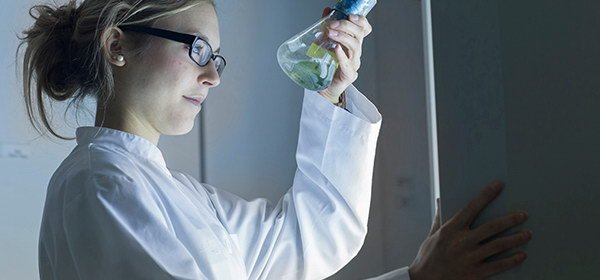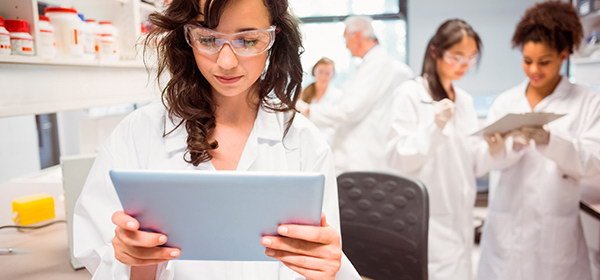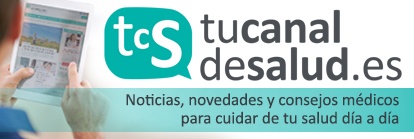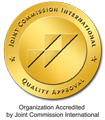Prenatal diagnosis
 The technology available at Hospital Quirónsalud Torrevieja will allow you to see your baby clearly and real, as if it were a video. For this we offer you our 3D ultrasound systems, with which you will obtain images of the baby in three dimensions, and the latest in 4D technology, which will allow you to see your child in real time and with movement, obtaining a video of the intrauterine life of your baby. Both techniques are harmless to the fetus.
The technology available at Hospital Quirónsalud Torrevieja will allow you to see your baby clearly and real, as if it were a video. For this we offer you our 3D ultrasound systems, with which you will obtain images of the baby in three dimensions, and the latest in 4D technology, which will allow you to see your child in real time and with movement, obtaining a video of the intrauterine life of your baby. Both techniques are harmless to the fetus.
Ultrasound in High Resolution.
Ultrasound is the main tool for the detection of congenital anomalies, allowing the diagnosis of 80% of malformations.
These ultrasounds are performed routinely in weeks 12 to 14, 19 to 22 and 30 to 32. The first two ultrasounds are complementary and their reliability can reach more than 95% if they are associated with hormonal analyzes. In certain situations, an initial morphological ultrasound is also performed in week 16. The ultrasound in weeks 30 to 32 allows us, in addition to the morphological study, to assess the growth by studying its measurements, weight and Doppler of the different vessels that indicate Fetal well-being
Amniocentesis.
This test involves removing a sample of the amniotic fluid that surrounds the fetus through the wall of the mother's abdomen. The puncture is performed in a controlled manner by visualization with an ultrasound machine. The extracted liquid, between 15 and 20 ml., Is analyzed in the laboratory and allows early diagnosis of Down syndrome and other genetic alterations.
This test is usually done between weeks 15 and 17 of pregnancy.
Corial Biopsy.
This test involves the removal of tissue from the placenta and is also done in a controlled manner by viewing an ultrasound machine. It allows to detect chromosomal defects and hereditary diseases. Its main advantage is that it allows us to obtain the results early.
This test is done between weeks 11 and 13 of pregnancy.
Hospital Quirónsalud Torrevieja
© 2024 Quirónsalud - All rights reserved






















